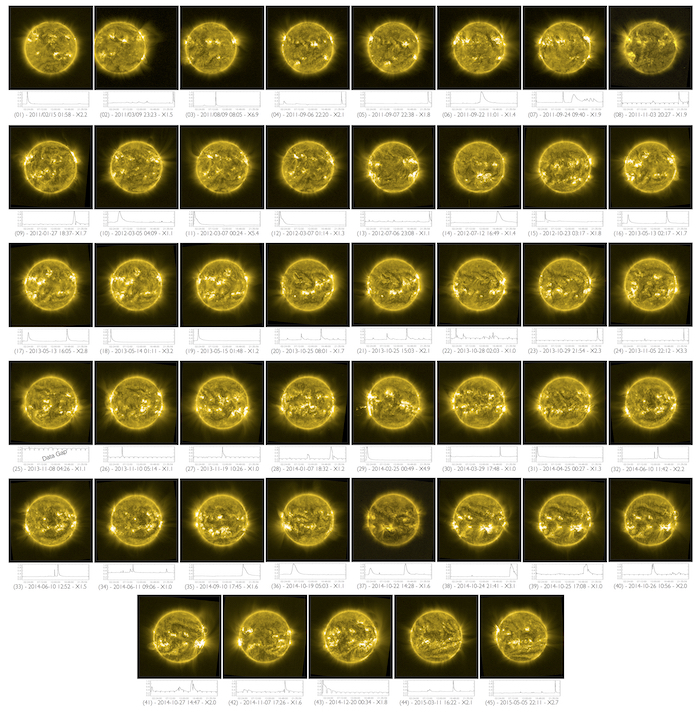The Ghostbusters story highlighted how cautious space weather forecasters should be with processed data and lists, let's call it the final or output part of the data chain. We now highlight the 'ghost flares' from the point of view of people that work closer to the source or input part of the chain.
Also these people revealed themselves last week as excellent hunters … of false flares. Flares are bursts of solar light and are categorised by how strong they shine in X-rays. American satellites GOES monitor 24/7 the solar X-rays. Based on their measurements, a list of solar flares is put together.
Our instrument LYRA onboard the ESA micro-satellite PROBA2 makes similar measurements, only it detects flares with a slightly other energy. Ingolf Dammasch, the LYRA expert, noted that in the GOES list flares where mentioned which did not appear in LYRA observations. Even if LYRA measures slightly different energies than GOES, the observations should give more or less the same result.
Indeed, the automated detection system picked up false flares from the noisy GOES data. Large flares were still identified correctly, the small ones fooled the processing code but not us. So we alarmed the GOES operators.
Ingolf Dammasch is now officially recordholder of catching non-existing flares.






